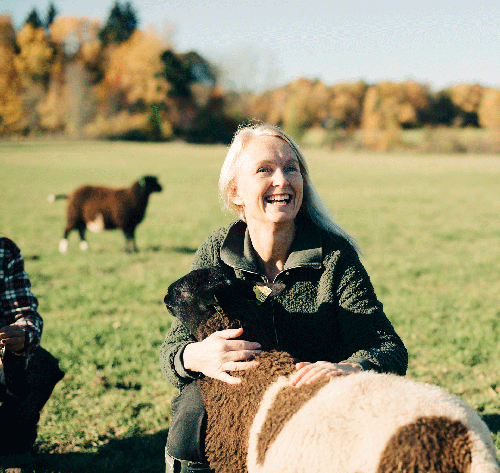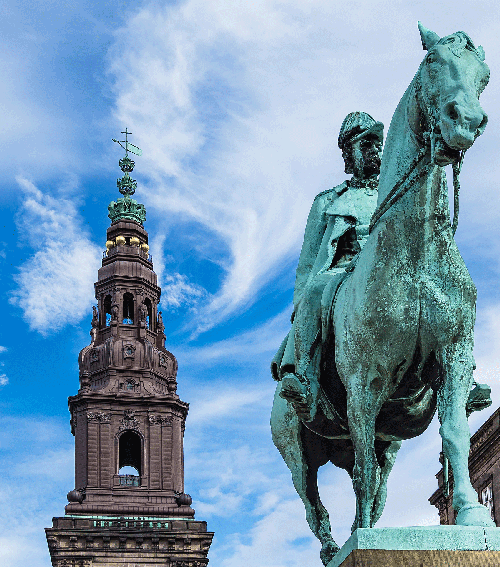The Faroe Islands
Green islands in the North Atlantic
The Faroe Islands are an archipelago of 18 islands that were shaped by volcanic activity and the glaciers of the ice age. Sixteen of the islands are inhabited, and they are well-connected with paved roads, tunnels, bridges and ferry lines.
The name of the islands, Føroyar, means "Sheep Islands". Norsemen settled the islands in the 800s, and the name derives from old Norse. For generations the islands were isolated and self-sustaining, until the emergence of industrial fisheries in the late 1800s led to the Faroe Islands becoming part of the international economy.
Today, the Faroe Islands have a well-developed public sector and offer tax-financed public healthcare and education.
The Faroe Islands have become a significant player in the global market for fish. Faroe fish products constitute 90-95 per cent of the islands' export income and around 44 per cent of GDP.
The economy is robust and tourism is a growing industry. Almost half the population lives in Tórshavn, the capital, where busses are free of charge.
Did you know

The people of the Faroe Islands
Just a few years ago, the Faroe Islands were losing their younger generations, who were leaving to seek their fortunes elsewhere. But not any longer. In 2017, the Faroe Islands reached a historical milestone when the official population exceeded 50,000. It is considered cool to live on the Faroe Islands, and an increasing number of foreigners are settling there too.
It is safe to say that the days of a shrinking population are over; young people return to the islands after pursuing an education abroad. Some never leave and attend higher education institutions in Tórshavn. The University of the Faroe Islands is state-run and has a student body of 1,200. There is a thriving research culture with several institutes and research areas.
The pivotal role of fishery in society is reflected in the direction of research. Among the research institutions that attract young scholars are the Faroe Marine Research Institute, which conducts research into marine resources, environment and sustainability.

Gaining gradual independence
After the dual monarchy of Norway and Denmark dissolved in 1814, the Faroe Islands stayed part of Denmark. Over the years, growing wealth from exports and a national cultural awakening fuelled the Faroese nation-building process.
Home Rule was established in 1948, and a new self-government arrangement came into force in 2005. The Faroe Islands have an exclusive right to legislate and govern independently in a wide range of areas, including trade, education, research, and the conservation and management of living marine resources within the 200-mile fisheries zone.
The islands' official language is Faroese, which has links to Old Norse, along with Danish.
Their political system is a variation of the Scandinavian type of parliamentary democracy, with a Faroese democratically-elected legislative assembly called the Løgting and an executive government headed by the Prime Minister.
In addition to the local government, the Faroe Islands have two representatives in the Danish Parliament, the Folketing.

Relations with the outside world
While Denmark is a member of the European Union, the Faroe Islands opted to stay out. This means that the Faroe Islands negotiate their own trade and fisheries agreements with the EU, as well as with other countries and unions.
Many Faroese fish products are renowned for their quality. Faroe Bank Cod, lobster, and salmon are in high demand. The farming of Atlantic salmon is a growing part of Faroe fish production.
Among the Faroe Islands' other important economic activities are financial services, energy-related businesses, shipping, manufacturing for the maritime sector, IT and telecommunication, tourism and creative industries.
Read more about the Faroe Islands on its official country website.


